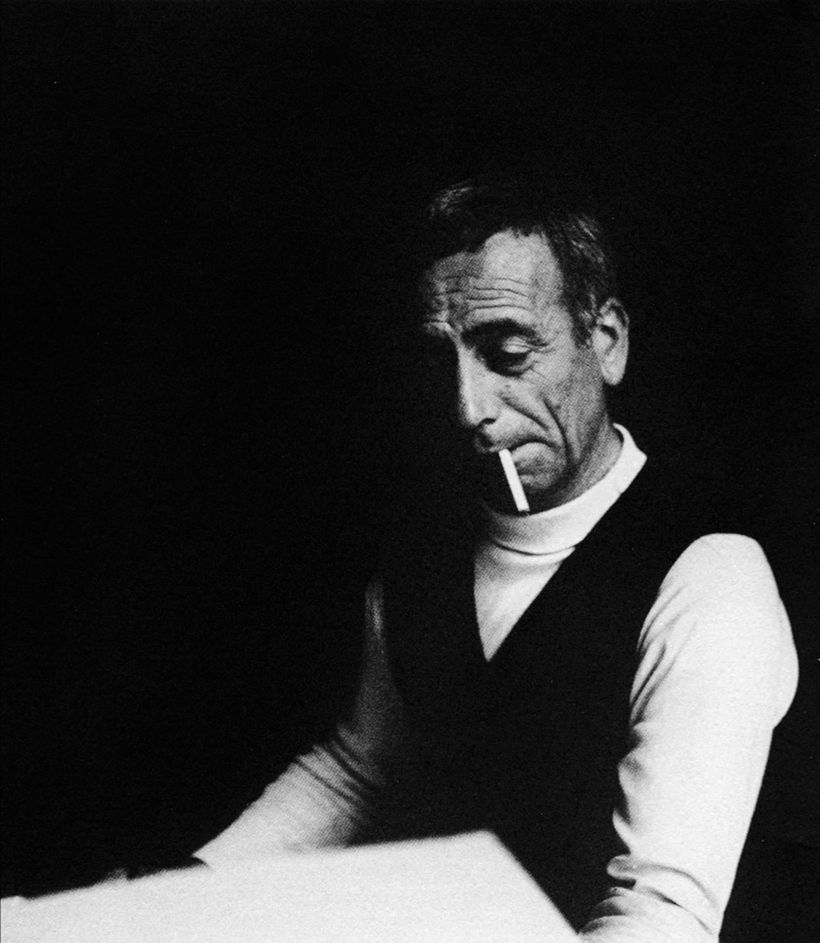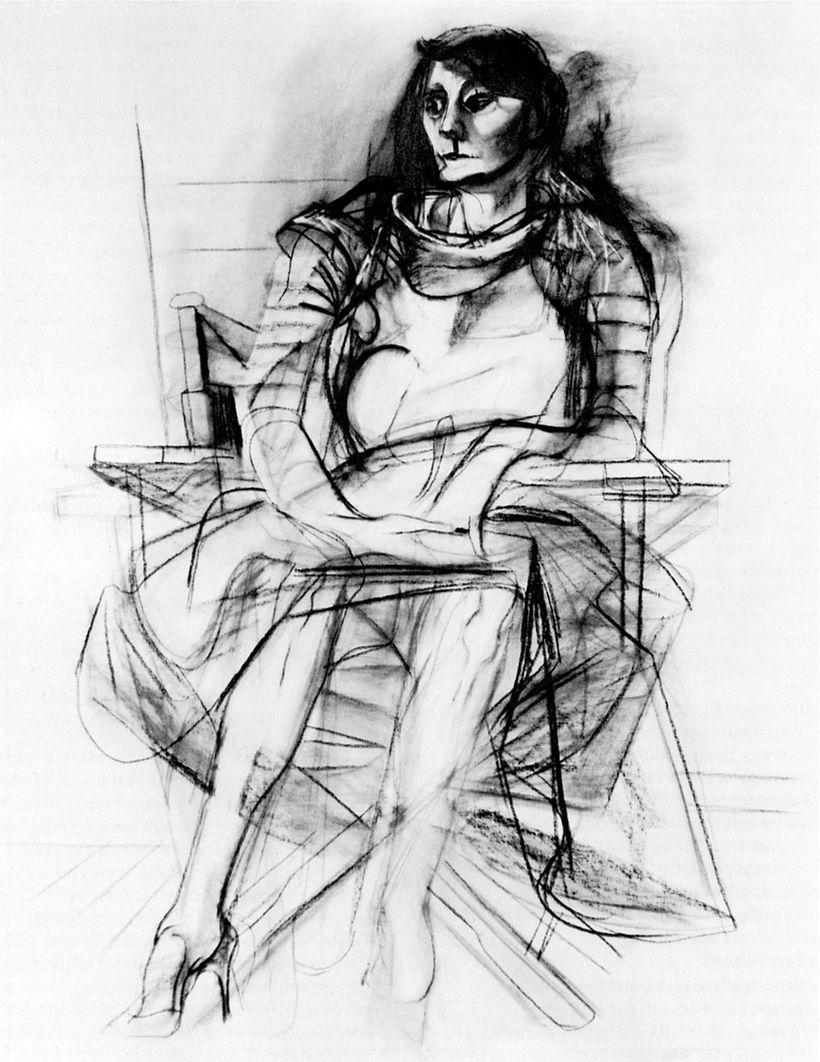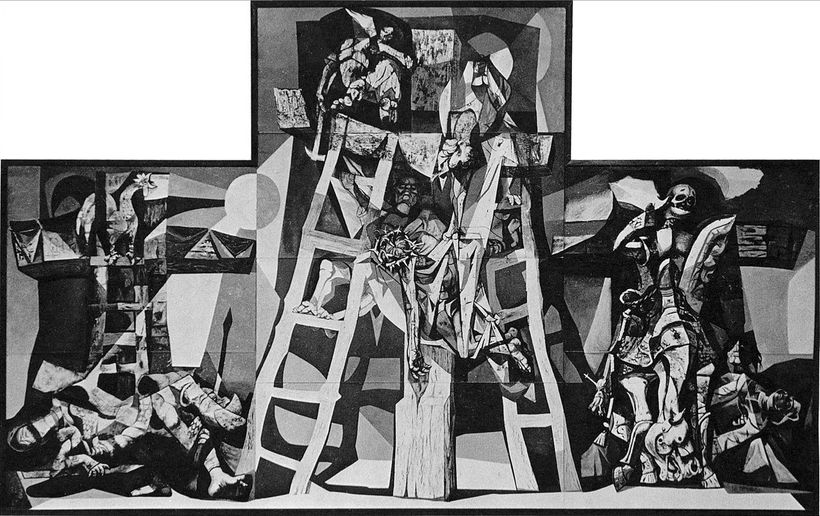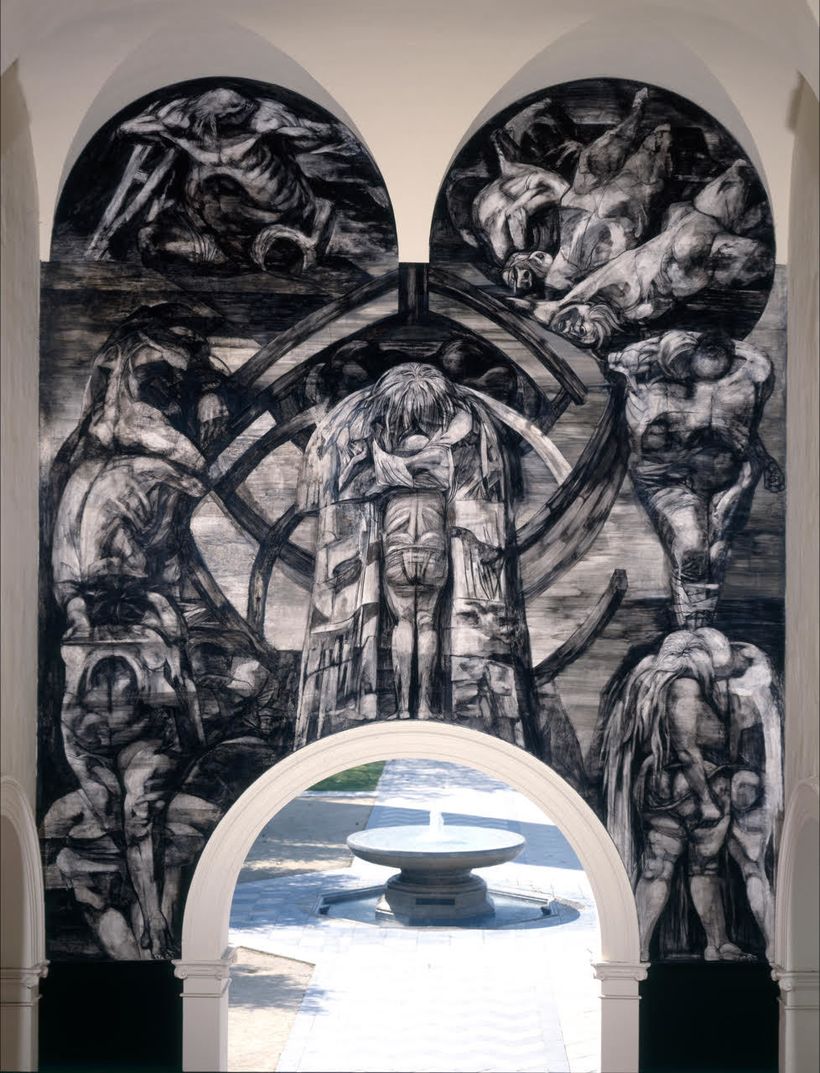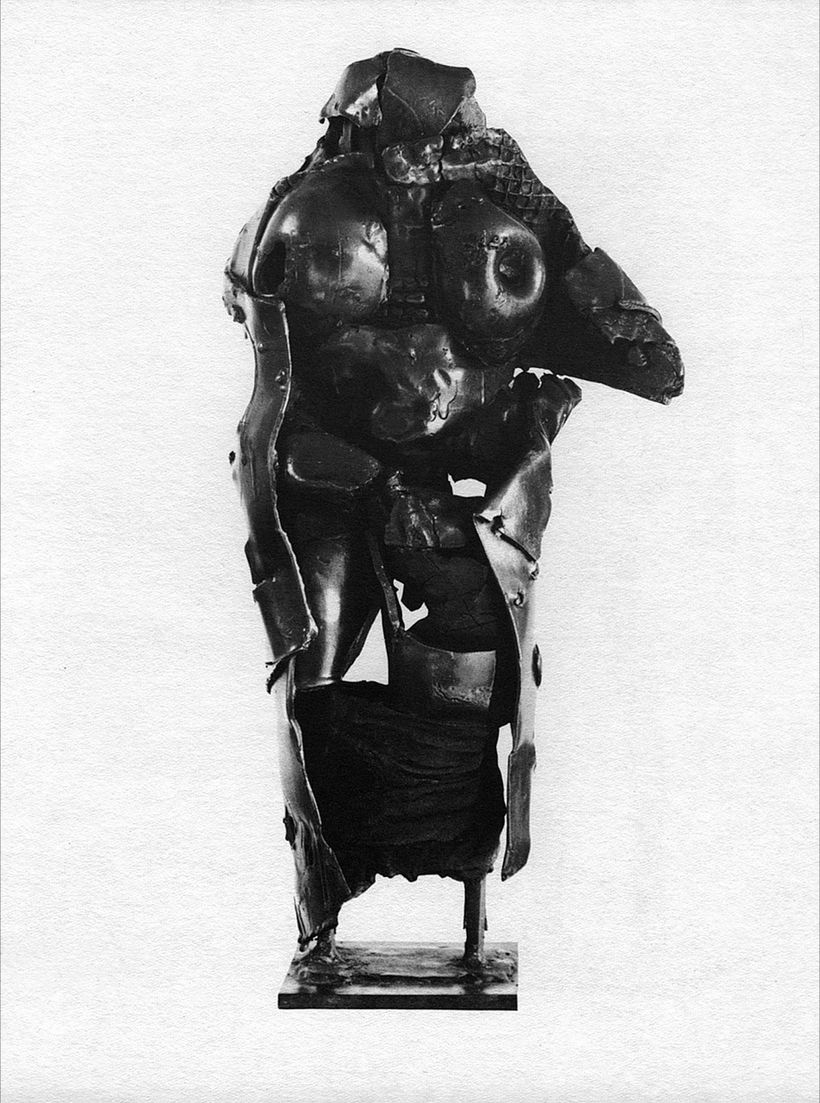I recently spent some time with independent curator Gordon Fuglie, and in the course of our conversation he mentioned a project close to his heart. Gordon feels strongly that the time is right to develop a retrospective exhibition for the artist Rico Lebrun, a legendary artist and draftsman, who lived and worked in Southern California after World War II.
In the interview that follows I asked Fuglie about Lebrun, about the range of Lebrun’s art and about his ambitious plans for a Lebrun retrospective.
John Seed Interviews Gordon Fuglie
I was first acquainted with Rico Lebrun through a community college drawing class. Our instructor showed us slides of Lebrun’s drawings and I saw that his lines and forms crackled with energy. Once I entered the museum field, I encountered his work here and there, and came to realized that he was one of the most compelling post-war artists who pioneered new ways of using the figure in an age dominated by abstraction.
RICO LEBRUN
Who was Rico Lebrun: both as a man and as an artist?
Lebrun was born in Naples and became absorbed in the Baroque art murals in the city’s many churches. Immigrating to the US in the 1920s, his American career started with stained glass design, and went on to stylish magazine illustration/cartoons in NYC, to WPA murals; and after moving to California in 1938, Disney animation, succeeded by a 25-year fine art career in drawing, painting, collage, printmaking and sculpture.
Can you mention some of Lebrun’s key achievements?
In 1950, Lebrun mounted the most ambitious one-person exhibition of modern art presented in Los Angeles – a 200 work installation derived from Crucifixion iconography. Lebrun’s Crucifixion was accompanied by an experimental film; and a symphony was composed for it. In the mid-1950s he produced a number of expressionist paintings based upon the Holocaust. Lebrun painted his largest work in 1960, the epic Genesismural, at Pomona College, anticipating LA’s mural movement by ten years.
RICO LEBRUN
This is absolutely true. The privileging of “Ab-Ex” and what I call “Abstract Supremacism” by Clement Greenberg, other NYC critics and “me-too” museum curators, established a false and misleading canon in postwar American art history. Only since 2000 has its hegemony gradually begun to be overturned with the discovery of modernist artists working beyond New York and using the figure. There is still much work to be done on once famous and now lesser known and forgotten artists from the postwar period.
RICO LEBRUN
Do you have any good stories or anecdotes about Lebrun?
When working on his WPA mural in the 1930s, the arts administrator kept prodding Lebrun to “finish up.” The artist, who was known to constantly revise his work, retorted to the administrator he didn’t want a work of art, but rather the the giddy-up of “pony expressionism.”
Can you talk about an important Lebrun work ( or series ) that you can also provide a photo of?
The centerpiece of Lebrun’s 1950 installation at the Los Angeles County Museum of History and Art is a monumental triptych that simultaneously critiques Picasso’s Guernicaand responds to and develops Grunewald’s Isenheim Altarpiece (1516) in a postwar sensibility.
What is the current state of Lebrun studies? Does he have an active estate? Are you the only scholar doing serious work?
If it weren’t for me and my three colleagues, there wouldn’t be any Lebrun studies. In the words of UCSD professor emeritus Bram Dijkstra, Lebrun is one of the most unjustly neglected artists of the postwar era. Alas, there is no estate or foundation looking after his legacy. It is up to us independent curators and scholars to restore his place in art history, and museums willing to take a wider perspective on postwar American art, rather than continuing to adhere to the false and narrow canon.
RICO LEBRUN
What would be your dream Lebrun exhibition? How large should it be, what should it encompass and where would it be held?
Lebrun’s last major exhibition was in 1967 and it was hastily thrown together. He has never had critically curated retrospective that locates his art in its time and place, and neither has he had a scholarly monograph to take the measure of his career. One could easily do a retrospective exhibit of 85 – 100 important works since Lebrun was so prolific. It should extend from the late 1920s to his final year, 1964. It is no credit to Los Angeles and California’s major museums that they have neglected Lebrun for so long.
About Gordon Fuglie:
Gordon Fuglie has curated exhibitions in Southern California and throughout the US since 1983. Institutions that have displayed his exhibitions include the Laguna Art Museum, Long Beach Museum of Art, Palm Springs Desert Museum, Saint Mary’s College Museum of Art (Moraga), Frye Art Museum (Seattle), Jundt Art Museum (Spokane) and the Art Museum of South Texas (Corpus Christi). He has worked at the J. Paul Getty Museum, UCLA’s Grunwald Center for the Graphic Arts and LMU’s Laband Art Gallery. He is the visual arts writer for IMAGE: Art – Faith-Mystery.
Inquiries:
Gordon Fuglie can be contacted by e-mailing me. Please use the e-mail listed in my HuffingtonPost biography
- John Seed

